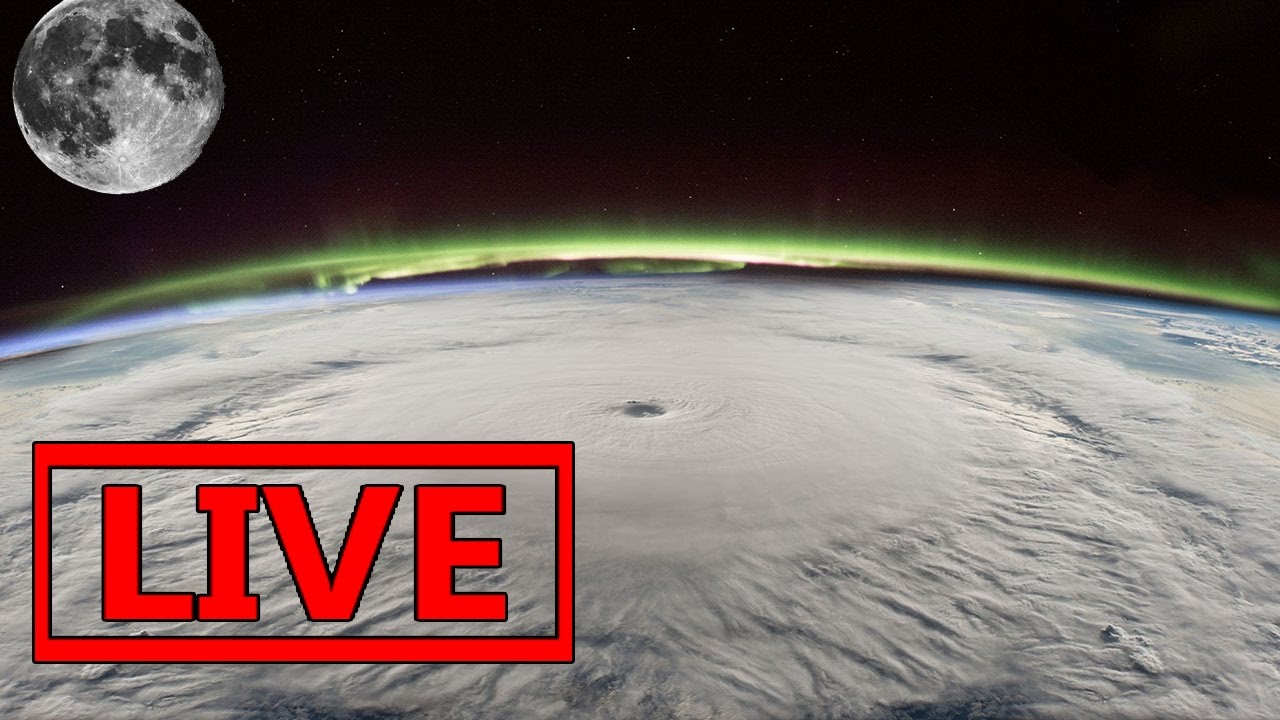
1664178548969.jpg)
Spacewalking astronauts performed surgery five times on Hubble. That makes the milestones over the past month - and the ones ahead - all the more critical. The 7-ton spacecraft always faces Earth’s night side to keep its infrared detectors as frigid as possible.Īt 1 million miles (1.6 million kilometers) away, Webb is more than four times as distant as the moon.Ĭonsidered the successor to the Hubble Space Telescope, which orbits 330 miles (530 kilometers) up, Webb is too far away for emergency repairs.

Monday’s thruster firing put the telescope into orbit around the sun at the so-called second Lagrange point, where the gravitational forces of the sun and Earth balance. The observatory’s gold-coated mirror - 21 feet (6.5 meters) across - unfolded a few days later. The high-flying drama began within days of liftoff.Ī sunshield as big as a tennis court stretched open on the telescope in early January, 1 1/2 weeks after the Christmas Day launch from French Guiana. That’s a mere 100 million years from the Big Bang, when the universe was created.īesides making stellar observations, Webb will scan the atmospheres of alien worlds for possible signs of life. The telescope will enable astronomers to peer back further in time than ever before, all the way back to when the first stars and galaxies were forming 13.7 billion years ago. WATCH: Can asteroids be veered away from Earth? New NASA spacecraft aims to find out And I can’t wait to see Webb’s first new views of the universe this summer!” NASA Administrator Bill Nelson said in a statement. “We’re one step closer to uncovering the mysteries of the universe. But flight controllers in Baltimore were euphoric after chalking up another success. The mirrors on the $10 billion observatory still must be meticulously aligned and the infrared detectors sufficiently chilled before science observations can begin in June. On command, the James Webb Space Telescope fired its rocket thrusters for nearly five minutes to go into orbit around the sun at its designated spot, and NASA confirmed the operation went as planned. (AP) - The world’s biggest, most powerful space telescope reached its final destination 1 million miles from Earth on Monday, a month after it lifted off on a quest to behold the dawn of the universe. Want to learn more about the DART project ahead of time? Check out this nifty photo explainer from NASA.CAPE CANAVERAL, Fla. The public also can watch the mission live on agency social media accounts on Facebook, Twitter, and YouTube. In addition to live coverage from, NASA has arranged for another video stream sharing real-time images from the spacecraft’s DRACO camera. However, agency officials will offer observations on the experiment immediately after the crash, at around 8 pm EDT. It will likely take months or years to fully understand how today’s events will alter its orbit. The test poses no threat to Earth, and NASA hopes to see a measurable change in Dimorphos’ orbit around Didymos. Throughout Monday, DART will send images through the live stream until it destroys itself by crashing into the small moon. NASA hopes that DART’s impact on Dimorphos will alter the path of its orbit. “All the action” of DART (or Double Asteroid Redirect Mission) will stream through several platforms including, NASA TV, and social media channels, the space agency said Monday. To that end, it’s sending the DART spacecraft to slam into Dimorphos, a small moon orbiting a near-Earth asteroid named Didymos. NASA wants to test its ability to protect Earth from asteroids that could, you know, destroy all life. NASA presents a live stream starting at 6 pm EDT of a spacecraft crashing into an asteroid. Skip your plans this evening - tonight’s blockbuster event comes straight from outer space to your living room.


 0 kommentar(er)
0 kommentar(er)
